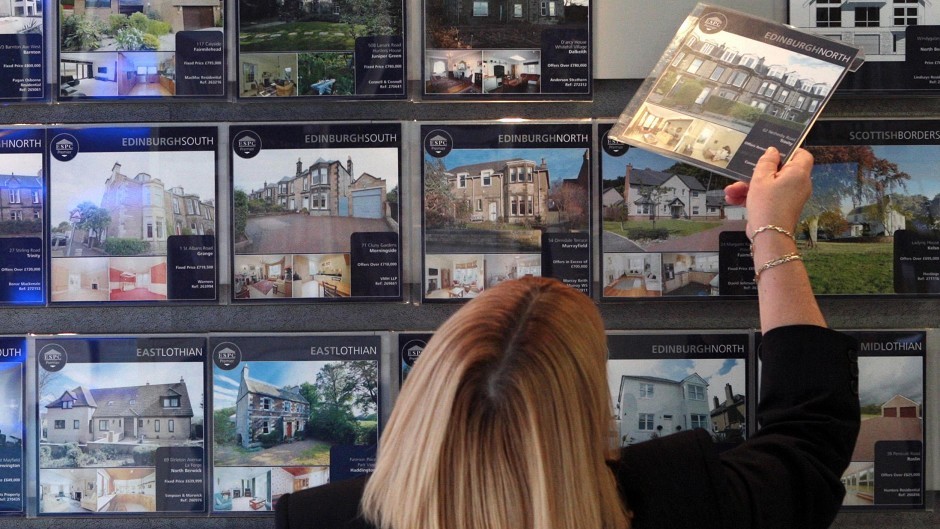Homes in the Scottish countryside are on average £17,231, or 11% more expensive than in urban areas, a study has found.
Bank of Scotland’s latest rural housing review shows the gap between rural and urban house prices is getting smaller but people buying in the countryside still pay a premium.
The difference has narrowed over the past five years from 18%, or £24,228, in 2011 to 11%, or £17,231, in 2016, as urban house prices rise at a faster rate.
Scotland’s most affordable rural area is East Ayrshire, with an average house price of £127,646, or 4.3 times local average annual earnings of £29,979, according to the bank.
The Western Isles are the third most affordable rural area, thanks to average house prices of £129,547, or 4.7 times average earnings of £27,557, the report said.
Aberdeenshire, where rural homes are said to typically cost £222,668, or 5.6 times average earnings of £39,900, is ranked third most expensive.
Moray (average house price of £161,887), Argyll and Bute (£163,263), Shetland (£181,822) and the Highlands (£171,956) are fourth, fifth, sixth and eighth respectively in the league table of affordability.
Graham Blair, mortgage director at the bank, said: “Our How Scotland Lives research has shown that countryside living can have a positive impact on peoples’ happiness, so it’s to be expected that people will be attracted to living in the countryside and this does come with a premium.
“Affordability is often a key driver in any decision to purchase a home, and with some rural regions more affordable than certain urban locations there are options for anyone considering an escape to the country.”
Meanwhile, property firm Your Move said yesterday average house prices in Scotland rose by 0.6% to £170,762 in September – passing the £170,000 mark for first time since May.
Dundee had the greatest monthly price growth at 4.5%, said Your Move, whose figures also showed falls in Aberdeen and Aberdeenshire of 3.2 and 0.6% respectively as the oil and gas downturn continued to affect the north-east economy.
Christine Campbell, Your Move managing director in Scotland, said: “The Scottish housing market continues to show its resilience, despite facing a number of challenges in recent months.
“Tax changes earlier this year prompted many buyers to bring their house purchases forward, while the uncertainly surrounding Brexit could have shocked the market, but the overall picture remains very positive.”
